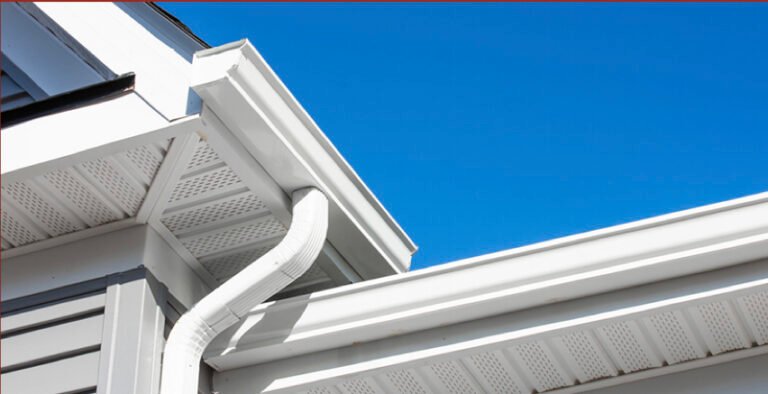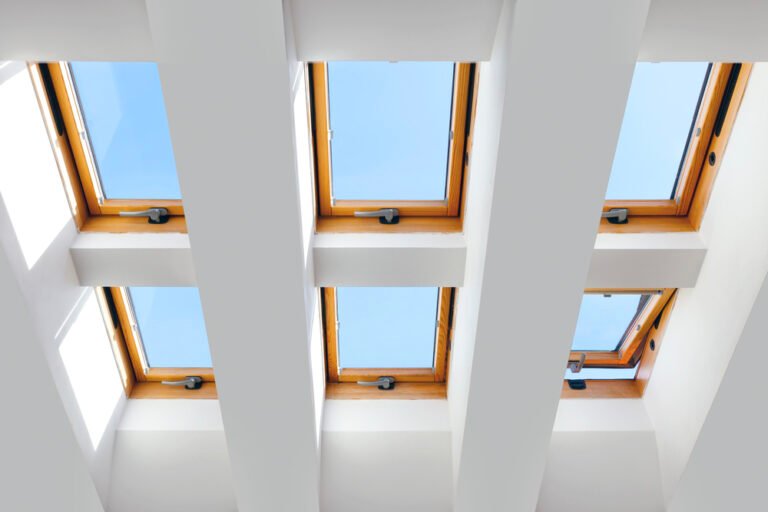Tornado’s are among Earth’s most destructive natural phenomena. They can cause immense damage to life and property, often leaving communities in disarray for months or years afterward.
One insidious form of damage that a tornado can inflict is the hidden destruction it leaves in its wake. This damage is often not immediately visible to the naked eye, but it can be devastating. Roofs are particularly vulnerable to this, as even a tiny leak can lead to extensive water damage over time.
So, if you are settled in an area prone to strong winds, thunderstorms, or tornados, it’s essential to check for any signs of roof damage after they’ve passed.
Signs of Water Damage to Roofs
Water roof damage is inevitable after a storm has passed. Whether your roof was directly hit by high winds or debris or sustained heavy rains, there’s a good chance that some water has made its way inside.
1. Damaged Roof Supports and Accents:
Even though shingles may appear untouched, search for locations where water pools during or after a heavy downpour. Also, examine any flashing around ventilation pipes, your chimney, and other parts.
2. Attic and Moisture Issues:
Your roof and attic are one entire ecosystem that works in tandem. Look for any indications of moisture penetration in your attic to discover leaks. To prevent the development of hazardous mold or mildew, replace insulation that has become soaked.
Signs of Hail Roof Damage
Hailstorms can cause both visible and invisible damage to your roof. If you live in an area prone to hailstorms, you must inspect your roof regularly for any damage.
1. Ice Dam Formation:
Ice dams form when ice melt refreezes at the edge of your roof. This refrozen water can back up under shingles, seeping into your home and causing extensive damage. Although visible, ice dams are often mistaken for an indication of poor attic insulation or ventilation.
2. Missing, Cracked, or Curling Shingles:
Hail can damage asphalt shingles in several ways. It can crack, fracture, or break them outright. It can also loosen the protective granules that give shingles their color and UV protection.
3. Dented Gutters and Downspouts:
Hailstones can also damage your gutters and downspouts. Dents and holes can form, causing water to back up and seep under your shingles. Also, check for blockage in gutters and downspouts.
Signs of Roof Wind Damage
The intensity of the wind is the main factor determining the amount of damage that can be caused to a roof. Sustained winds around 40 mph can cause minor damage, while high winds over 75 mph can cause catastrophic damage.
1. Loose Debris:
If you find any loose debris throughout your home – such as yard waste, outside furniture, and so on – it’s possible that something struck your roof during strong winds. Remove any clear debris as soon as possible to reduce risk and look for distinctive broken shingle patterns to determine the extent of the damage.
2. Missing Shingles:
Sometimes, a distant roof inspection isn’t enough to tell if you’re missing any shingles. If your home has a shingle roof, look for black streaks of residue that could signify shingle granules working their way down the drainpipe. These streaks are an early sign that your roof is past its prime and that you’ll need to consider a replacement soon.
Conclusion:
Eliminating roof storm damage is critical to safeguard your property and provide peace of mind.
Tiger Roofing LLC is a certified roofing contractor in Rockwall. Our comprehensive range of roofing services is designed to meet each customer’s specific needs.




